Do you have a question about the Ascon tecnologic TLY25 and is the answer not in the manual?
| Brand | Ascon tecnologic |
|---|---|
| Model | TLY25 |
| Category | Controller |
| Language | English |
Provides an overview of the TLY 25 digital controller for cooling applications, detailing its functions and capabilities.
Details the layout and components of the instrument's front panel, including keys, display, and LEDs.
Explains how to set and adjust the desired temperature set points (SP1, SP2) for the controller.
Guides users through accessing and modifying various operational parameters via key presses and display.
Describes how to set and use a password to protect parameter settings from unauthorized changes.
Outlines the two levels of parameter access, visible and hidden, and how to switch between them.
Specifies the intended use of the instrument according to safety standards and general application guidelines.
Provides instructions for physically installing the instrument into a panel, including hole dimensions and gasket use.
Details how to safely and correctly connect the electrical wiring to the instrument's terminals.
Presents a visual diagram illustrating the correct electrical connections for the instrument's inputs and outputs.
Explains how to select probe types, units, resolution, and view various measurements on the display.
Details how to configure the instrument's four relay outputs for different functions like compressor, defrost, or fans.
Describes the ON/OFF temperature regulation mode, including set points, differentials, and cooling/heating modes.
Explains the function that maintains a configured output active for a set time, overriding temperature control.
Covers features designed to protect the compressor by preventing short cycling and managing start-up delays.
Details the configuration of automatic and manual defrost cycles, including types and timing.
Describes the procedure for manually initiating a defrost cycle using a front panel key.
Explains how to configure and manage the evaporator fan operation based on various conditions.
Covers the instrument's alarm capabilities, including types, enablement, and silencing.
Details the configuration of high and low temperature alarms, including thresholds and differentials.
Explains how to configure and manage external alarm signals detected via digital input.
Describes the function for detecting and signaling an open door condition, often linked to fan or compressor control.
Explains how to enable and manage the memory function for alarms, allowing them to be recalled after they have ceased.
Details the configuration and functions of the digital input, allowing external control signals.
Explains how to configure and use an auxiliary output for additional control functions.
Describes how the 'U' and 'DOWN/AUX' keys can be assigned custom functions beyond their default operations.
Explains the use of the A01 device for transferring and copying parameter configurations between instruments.
Describes error codes, their reasons, and the corresponding actions for troubleshooting.
Provides recommendations for cleaning the instrument safely and effectively.
Outlines the warranty period, terms, and procedures for repairs or replacements.
Lists the electrical specifications of the instrument, including power supply, consumption, and I/O ratings.
Provides mechanical specifications such as housing dimensions, weight, and mounting details.
Details the physical dimensions, panel cut-out size, and mounting methods for installation.
Summarizes the main functional capabilities and specifications like measurement range and accuracy.
Explains the coding system used to specify different configurations of the instrument.
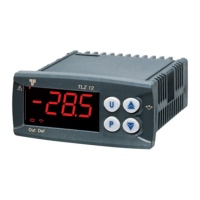
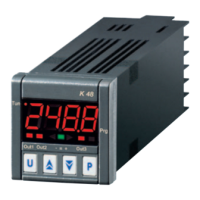

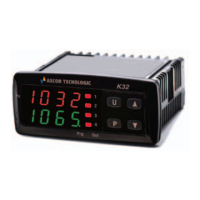
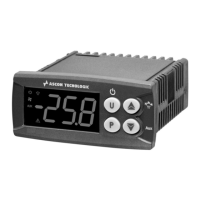
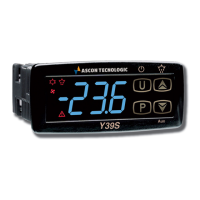



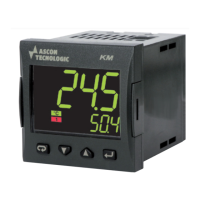
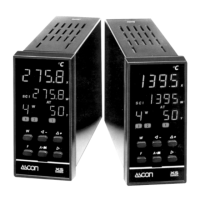
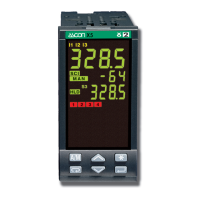
